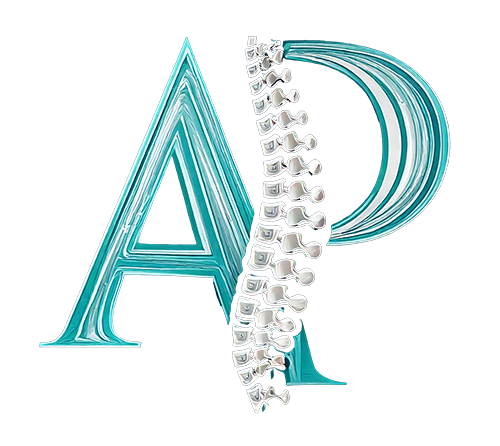SAD (Seasonal Affective Disorder) affects an estimated 3% of the population. This figure rises among people who already have a form of depression or bipolar disorder. It’s defined as “a type of depression that comes and goes with a seasonal pattern”.
Your emotional state can be mirrored in your posture. When you’re stressed, in pain, or depressed, you might take on a defensive position. Ultimately, this tends to mean curling up: the lower back and shoulders round, and the hips flex. Breathing can change too, becoming more shallow and recruiting the upper back muscles more than is efficient.
Upper Body Tension
Depression and stress are often associated with tension around the shoulders and neck. This might follow a hunching over and rounding of the shoulders, putting the chest muscles under tension and upper back muscles on stretch. Over time, the muscles respond to their positioning and tight muscles shorten, and stretched muscles weaken. This leads to a more constant rounding of the shoulders, potentially leading to things like upper cross syndrome and thoracic outlet syndrome.
Tension in the neck can develop from tense shoulders too, which in turn can lead to headaches or more postural changes that bring their own set of issues.
Lower Body Tension
Whereas some people hold tension in the upper body, others hold it in their hips and abdomen. This might resonate with you if you sometimes notice your breathing is off during times of stress. If you take a deep breath, does it feel like it’s coming from down low in your tummy or is it more of a pull from the shoulders? If it’s deep, it suggests that things are working as they should, but if it’s not, it might point to tension in the diaphragm or abdominal wall. These are common fight or flight features, which are great during true periods of danger, but not helpful when the stressor is modern life!
Osteopathy and SAD
Fortunately, we can help with the physical manifestation of your SAD. Recognising the postural changes that are affecting you specifically is the first step in finding ways to combat them, even if you know the SAD is going to persist for a few months yet. Stretches and exercises can help to rebalance areas of tension and weakness, and breathing exercises can start to tune you back into a more efficient pattern. Hands on therapies can be helpful for a number of mental health complaints directly, as the nervous system generally responds positively to touch. These effects are likely to be more powerful if you already have a strong rapport with your therapist. During the winter months, there is also something to be said for simply leaving the house to attend your appointment.
Some of these patterns may predate your SAD, such as areas of stiffness that haven’t caused a problem until the final straw has made them evident. During your treatments, we can use stronger techniques to get stuck joints moving, then supplement that progress with your exercises.
Click here to make an appointment in Leicestershire or Rutland for your tension symptoms


